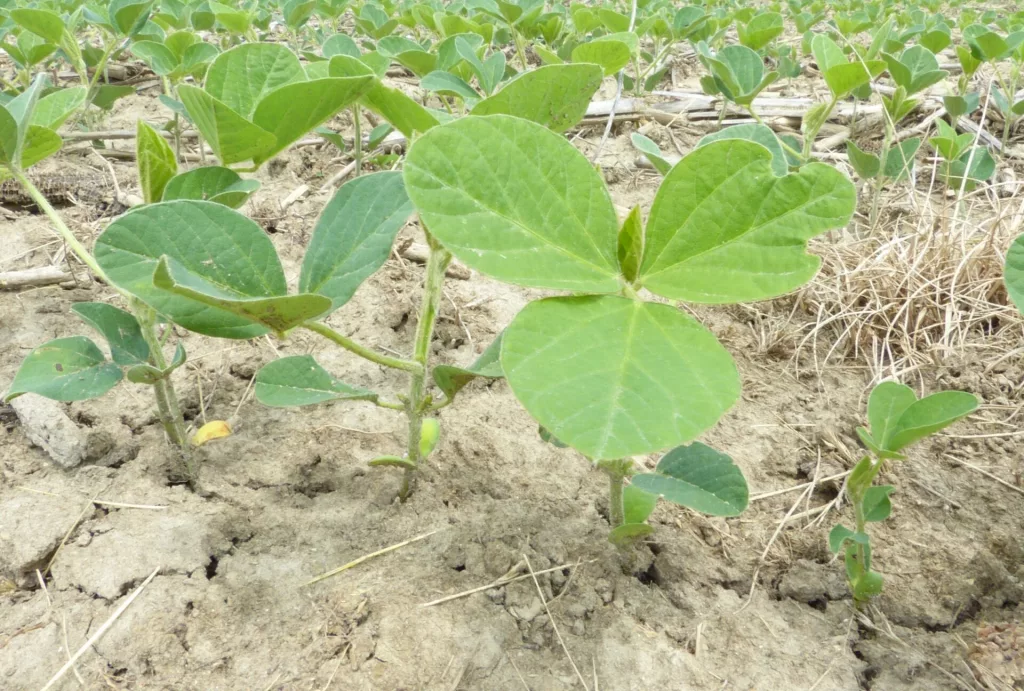Your browser doesn’t support HTML5 audio
For the third year, the month of October is SCN Action Month, a month dedicated to raising awareness about the number one pest in soybeans, soybean cyst nematodes. The last two years of increased awareness have brought the prevalence of SCN to light, according to Jeremiah Mullock, BASF Product Manager, Seed Treatment.
“The last two years through SCN Action Month sampling, we found this pest in over 75 percent of the fields we’ve sampled at populations that would be causing yield loss, so it’s pretty widespread. Annual estimated yield loss from this pest are over 1 billion dollars of soybeans, so it’s not only widespread, it is by far the largest soybean pest year over year.”
Soil samples are needed to confirm this tiny pest, so October is perfect for SCN Action Month.
“October is a great time to think about building your plan for the following year,” Mullock said. “SCN Action Month is all about creating awareness and helping growers build an active management plan, really take action against soybean cyst nematode, and this is a key time to go out and pull soil samples. So building that first action step is taking a soil sample in the fall once you get your crop off in the fall, and go out and build your plan for the next crop year.”
Cysts are about 10% the size of a soybean nodule and up to a 30 percent loss of yield can occur before growers see symptoms.
“Often the most common symptom of SCN is healthy looking soybeans, so it’s causing yield loss underground without really very common above ground symptoms,” he explained. “So that’s why it’s really important for our growers to go out and take a soil sample so you can actually see that pest that is often invisible. Go out and take the soil sample, understand those populations and build that plan.”
In addition to testing fields, BASF recommends rotating crops. Planting resistant varieties should also be part of the action plan and consider a seed treatment like BASF’s ILEVO®.
“A product like ILEVO really adds in additional protection and we’ve seen in our trialing for ILEVO to bring in on average around 4 bushel yield increases through protection of nematodes as well as sudden death syndrome protection. Sudden death syndrome often occurs with SCN, so these two pests are often linked together. SCN can make SDS appear earlier and worse, so it’s really critical that if you think you have SCN or SDS that you’re managing both of these two pests together and a product like ILEVO fits nicely to work with that.”
SCN protection starts at the very beginning by selecting the best seed variety for your field. “Selecting the right variety for the right acre can help reduce SCN pressures in the field,” said Bill Backhaus, BASF Midwest Agronomist. “Xitavo brand offers varieties that can help protect soybeans from SCN and SDS impact and we recently announced 11 new varieties available for the 2024 growing season, all of which offer native traits that resist SCN.”
To learn more about SCN management resources, visit SCNActionMonth.com, www.thescncoalition.com, and talk to your local BASF representative. State soybean associations can help direct you to SCN testing services in your area.

